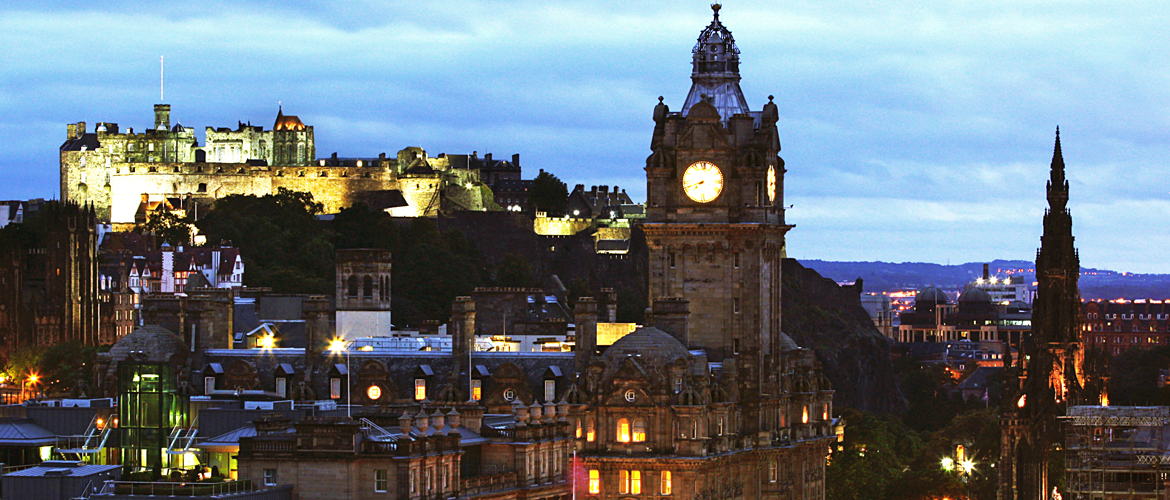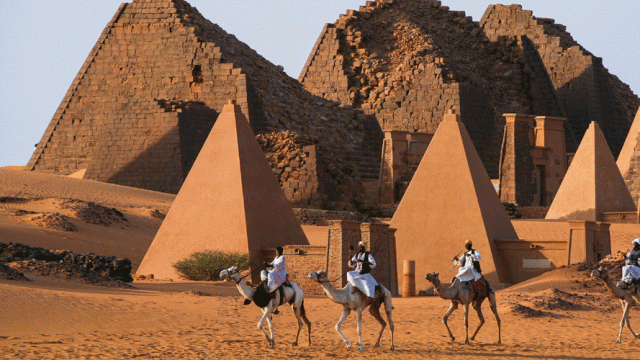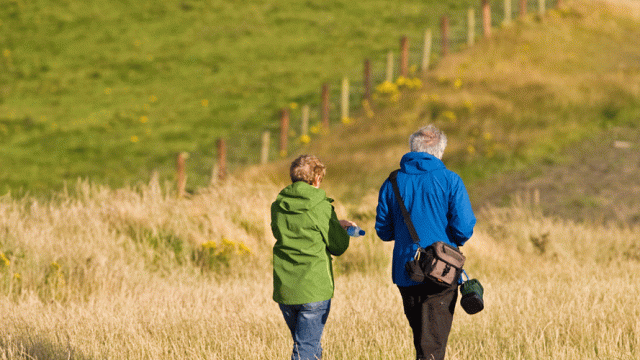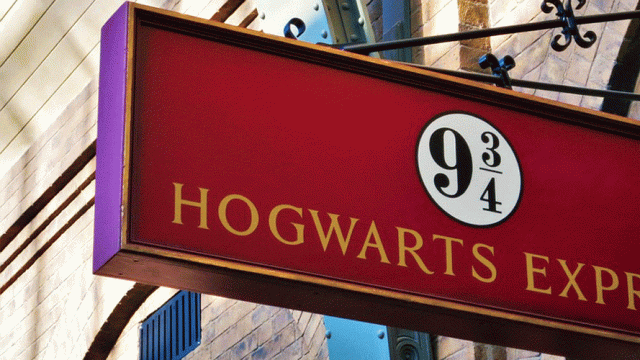In August, the North Sea is still warm though the UK coast is windswept and drenched in slats
Edinburgh International Festival (August 3-27; for art, theatre, music, films, talks)
The 2018 festival begins with an outdoor digital performance celebrating Scotland’s Year of Young People and reflecting on World War I. The beginning of this Fest is said to have been on a romantic moonlit night when Rudolf Bing and soprano Audrey Mildmay were strolling down Prince’s Street after watching a performance of John Gay’s The Beggar’s Opera in 1942. Audrey said Edinburgh could be a wonderful setting for a festival. Bing was Glyndebourne’s General Manager. Nazis had occupied art cities Salzburg and Munich; bombed by the Allies, London was blitzed. The idea stayed with Bing and in November 1945, the International Festival in Edinburgh was announced. The first Fest took off finally in 1947. People donated coal rations to light up the venues and their castle, community kitchens fed thousands.
The inaugural fest was a turning point in the life of one of the world’s greatest conductors, Bruno Walter. He had conducted the Vienna Philharmonic since 1907. Forty years on, his daughter had been murdered and his wife had died in grief. The Nazis had blacklisted him, when Edinburgh called. In every year was thus born a litany of stories from the IntFest until in the 71st year, in a befitting tribute, First World War is a theme. As many as 2,750 artistes from 31 countries will perform in this festival. Edinburgh International’s sales in 2017 topped £4.3m from 450,000 plus footfalls.
This year’s stellar show is Five Telegrams, inspired by the words communication and telegrams sent by young soldiers in 1918. The production projects digital artworks and live participation together to consider themes of machines and codes, censorship, propaganda and reconciliation – ideas that resonate powerfully in contemporary life.
Working closely with 59 Productions, Scottish composer Anna Meredith has crafted the orchestra. Describing the process, Richard Slaney, Managing Director of 59 Productions, says, ‘Some of the new communication techniques seem at first glance archaic, but when you dig into it, the themes are really common to how we communicate today – the need for swift, concise communication via a telegram and the potential for that communication to be misinterpreted or not put across… the whole message feels an awful lot like social media…. We worked with historians at the Imperial War Museum to examine some of these themes’.
He added, ‘Unsurprisingly it was some of the personal communications that were most emotionally affecting – maybe because of the mundanity and briefness of the conversations: “Please send 1 bottle of Horlicks… awfully useful for this kind of life”, but mostly because in the piles of papers we saw, most ended with a notification of death – letter, letter, postcard, letter, postcard “regret inform” – over and over again…. There are no surviving veterans of the First World War and…. Even the Second World War has far less personal significance to young people today…’
Of the 4 million men mobilised by the British Empire, 1.5 million came from India. The army of sepoys’ contribution to Britain’s war effort was the largest in terms of manpower, yet their history is largely invisible; in part because many were semi- or non-literate and left relatively few traces of themselves in diaries and letters. Some were buried where they fell, far away from their homes. In the words of choreographer Akram Khan, they were ‘estranged from their own histories, homelands and countrymen, becoming xenoi’ (which translates as stranger).
In Xenos, Khan resurrects the ghosts of these Indian soldiers on August 16-18. Using classical kathak and contemporary dance, he explores the story of a shell-shocked sepoy trapped in a trench, standing at the porous border between East and West, the present and the past. Also choreographed by Khan, Kadamati is a companion piece to Xenos that draws on themes of identity, migration, connection, and hope to mark the end of the First World War.
Still marked by shrapnel and stained with mud from the Somme, the music manuscripts by Cecil Coles, an emergent composer from the early twentieth-century, could have been lost forever if not for his daughter. They were eventually rediscovered in George Watson’s college in Edinburgh. Transcribed in the trenches, often with hand-drawn lines when manuscript paper was short, Coles’ compositions bear the physical mark of combat – parts of his final suite, Behind the Lines, are still incomplete, having been destroyed by shellfire. His life was tragically cut short by a sniper while he was carrying injured soldiers away from combat. On August 9 The National Youth Orchestra Scotland will pay tribute to Coles.
Geoff Sobelle’s fringe hit of 2014, The Object Lesson and Home, a show about different kinds of haunting will offer magic and illusion aplenty. Druid’s production, Waiting for Godot, will also be revived.
The IntFest will close with the Virgin Money Fireworks Concert on August 27. Over 400,000 fireworks will bathe Edinburgh Castle, all choreographed to the music of the Scottish Chamber Orchestra in Princes Street Gardens below.

Edinburgh Festival Fringe (August 3-27; art, theatre, music and everything else entertaining)
About 2.7 millions tickets sold for 53,232 performances of 3,398 shows at about 300 venues in 2017; this is the biggest such art-music-theatre festival in the world. The Royal Mile takes on a life of its own during these two months, acrobats, street shows, magic and music all find space in that long stretch of past and future. The Edinburgh Festival Fringe Society, the charity that underpins the Edinburgh Festival Fringe, this year even has performances by and for Autistics, genetically believed to be holders of rare talent. The fringe began as a sideshow, by a dozen groups not allowed to participate in the first Edinburgh International. Now the two festivals have made peace and carry on side by side, both ticketed and both patting eacho ther on the back.
Apphia Campbell’s monologue, Woke, that won accolades in 2017 returns with gospel and blues songs. It fuses the lives of two women: a Black American student who fights for civil rights in the wake of Ferguson and Assata Shakur, a member of the Black Liberation Army in the 1970s, who became one of the FBI’s most wanted. Women solo performers made their presence felt in 2017, and this year is expected to be better. Mark O’Rowe’s The Approach tells the stories of three women trying to make sense of their lives. Nine Foot Nine is Sleepless Theatre’s examination of women taking up space. Zoo Co theatre take aim at gender expectations with Sirens. It is a story of three sirens who wash up on Hastings beach and ancient Greece and 21st century England collide. Any man who hears their voices will die instantly, which is a pain, and 2018 isn’t really the right time to be a demi-goddess whose only job is to sit naked on rocks and look beautiful. With an electro-folk soundtrack, Sirens has a deaf inclusive cast and BSL inclusive narrative (which means the cast will sign during the show) as well as being captioned.
A huge lot of comedies will dominate this year’s fest, among them Nish Kumar’s. The Mash Report host has been the man for sharp political comedy for the last few years, and this year he’s back, albeit with a show billed as a ‘work-in-progress’. There’s acute political humour also from Ahir Shah and Ayesha Hazarika on the left, Fin Taylor antagonising everyone in the middle and Geoff Norcott’s Toryism at the extreme right. Last year Shazia Mirza rocked. Last year the amazing acrobatic show Cirkopolis was a rave.

Edinburgh Art Festival (July 26-August 26)
The artists here are presented in partnership with British Council Scotland, Edinburgh College of Art, The University of Edinburgh and the National Galleries of Scotland.
This fest includes Sympathetic Magick by Ruth Ewan. It uses the ancient art of street performance to bring magic onto the streets of Edinburgh. Visitors can expect to come across magical experiences such as ‘The Class Struggle Rope Trick’ or other political magic tricks developed during the project around the festival sites.
Artists Michael Elmgreen and Ingar Dragset will be showcased. Warmed Air is a site-specific performance within the historic Anatomy Lecture Theatre and Anatomical Museum of Edinburgh University. The show brings together visual art, somatic movement, astronomy and medieval music in an interdisciplinary collaboration by Steven Anderson, Laura Bradshaw, John Clark, Laura Gonzalez, Paul Michael Henry and Ruth Pollitt.
Internationally renowned Dunedin Consort returns to National Galleries of Scotland with a programme inspired by the Dutch master Rembrandt. Under Nicholas Mulroy they present works by the Dutch composers Jan Pieterszoon Sweelinck and Constantijn Huygens, which are juxtaposed with music by seventeenth-century luminaries including Heinrich Schütz and Henry Purcell, specially selected to complement Rembrandt’s exploration of human subjectivities.
The Edinburgh Book Festival (August 11-27)
Last year, to commemorate 200 years of the newspaper, The Scotsman, its former editor Ian Stuart wrote a book, Scotland’s Story, which was showcased at the BookFest.
This year, The Hidden, features hip hop, opera, music and more, plus special performances involving artists from Rwanda, South Africa, Australia, presenting life stories in the most unexpected ways. The Fest brings booklovers one-off performances exploring three most interesting books of recent years: Isabel Greenberg’s graphic novel The One Hundred Nights of Hero; Mexican superstar Yuri Herrera and his noir classic Signs Preceding the End of the World; and Scotland’s own literary leading light Ali Smith with her much-loved How to Be Both.
The Right Kind of Chaos by David Leddy is a unique book where, over a 10-day period, readers receive a series of strange, unsettling instructions via the text messaging service WhatsApp. A mysterious political strategist teaches you how to survive in the land of the free. The event combines digital technology with innovative storytelling, rich socio-political research and a uniquely unnerving emotional punch.
The BookFest also presents a live show based upon Life & Times of Michael K by J M Coetzee, winner of the Man Booker Prize in 1983.

Also, don’t miss The Royal Edinburgh Military Tattoo: (August 3-25); Monday to Friday; 100 minute performances with fireworks display. Happens at the Edinburgh Castle entrance.
Art festival in Edinburgh
Edinburgh Fringe Festival
Edinburgh International Festival





